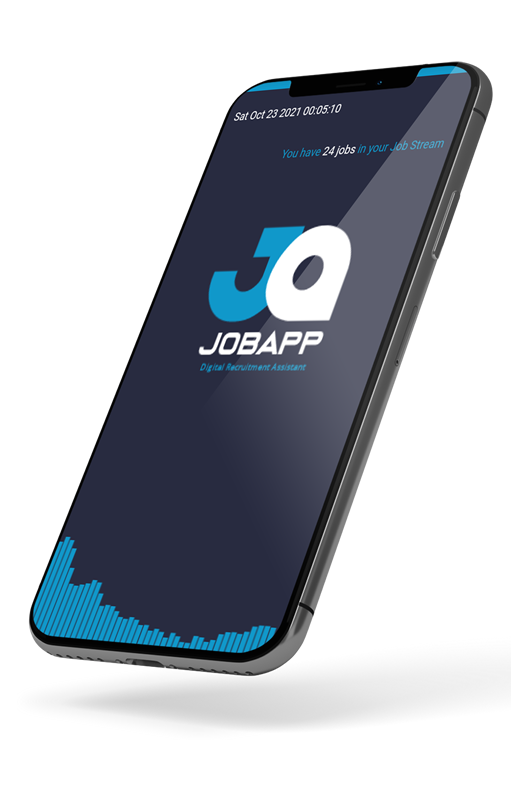Title: Safeguarding Against Identity Theft: Protecting Your Curriculum Vitae
In today’s digitally interconnected world, the threat of identity theft looms larger than ever before. Among the many avenues through which cybercriminals can exploit personal information, the Curriculum Vitae (CV) stands out as a particularly vulnerable document. While CVs are essential for showcasing professional credentials and securing employment opportunities, they also contain a treasure trove of personal data that can be exploited by malicious actors. In this article, we’ll delve into the risks associated with identity theft and provide actionable tips to safeguard your CV and personal information.
Understanding the Risks
Identity theft occurs when someone wrongfully obtains and uses another individual’s personal data in a fraudulent manner. CVs, often circulated in various formats online and offline, contain a wealth of sensitive information, including:
- Personal Details: Full name, date of birth, address, and contact information.
- Professional History: Employment history, educational qualifications, and professional achievements.
- References: Contact details of referees or individuals who can vouch for your credentials.
- Skills and Expertise: Information about your skills, certifications, and areas of expertise.
In the wrong hands, this information can be exploited for various malicious purposes, including identity theft, financial fraud, and even impersonation.
Common Threats to CV Security
Phishing Attacks: Cybercriminals may use phishing emails or fake job postings to trick individuals into divulging personal information or downloading malware-infected attachments.
Data Breaches: Unauthorized access to databases containing CVs can result in the exposure of sensitive personal data to hackers.
Resume Scams: Bogus job offers that require applicants to provide extensive personal information or pay upfront fees are often used to steal identities.
Social Engineering: Fraudsters may exploit social media platforms or professional networking sites to gather information and craft targeted attacks against individuals.
Protecting Your CV and Personal Information
Limit Information: Be selective about the information you include in your CV. Avoid including unnecessary personal details such as your full address or date of birth unless absolutely necessary.
Use Secure Channels: When sending your CV electronically, use secure channels such as encrypted email or password-protected file sharing services.
Beware of Job Scams: Research potential employers and job postings thoroughly to avoid falling victim to fake job scams. Be cautious of offers that seem too good to be true or require excessive personal information.
Update Privacy Settings: Review and update privacy settings on professional networking sites to control who can view your profile and personal information.
Monitor Your Credit: Regularly monitor your credit report and bank statements for any suspicious activity that may indicate identity theft.
Stay Informed: Stay informed about the latest cybersecurity threats and trends to better protect yourself against evolving risks.
Conclusion
As the digital landscape continues to evolve, safeguarding against identity theft remains paramount. Your Curriculum Vitae, while essential for advancing your career, can also serve as a gateway for cybercriminals to exploit your personal information. By understanding the risks and implementing proactive measures to protect your CV and personal data, you can mitigate the threat of identity theft and safeguard your professional reputation and financial well-being.
Remember, vigilance and caution are key in navigating the digital world safely. By taking proactive steps to protect your CV and personal information, you can reduce the risk of falling victim to identity theft and cybercrime.





